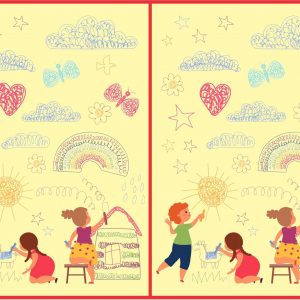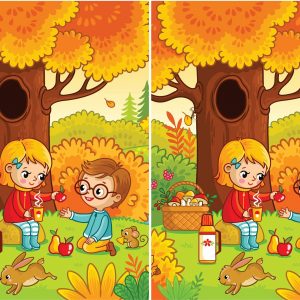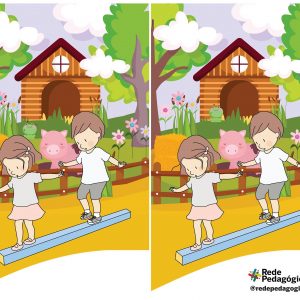The Importance of Curiosity in Early Learning: Fostering Exploration in Children
Curiosity is a vital trait for children’s development, acting as a catalyst for learning and discovery. In the image above, we see a young girl holding a magnifying glass, investigating the world around her. This image embodies the essence of curiosity, demonstrating how children naturally inquire and explore their environment. In this article, we will explore how fostering curiosity in young learners is essential to their cognitive, social, and emotional growth.
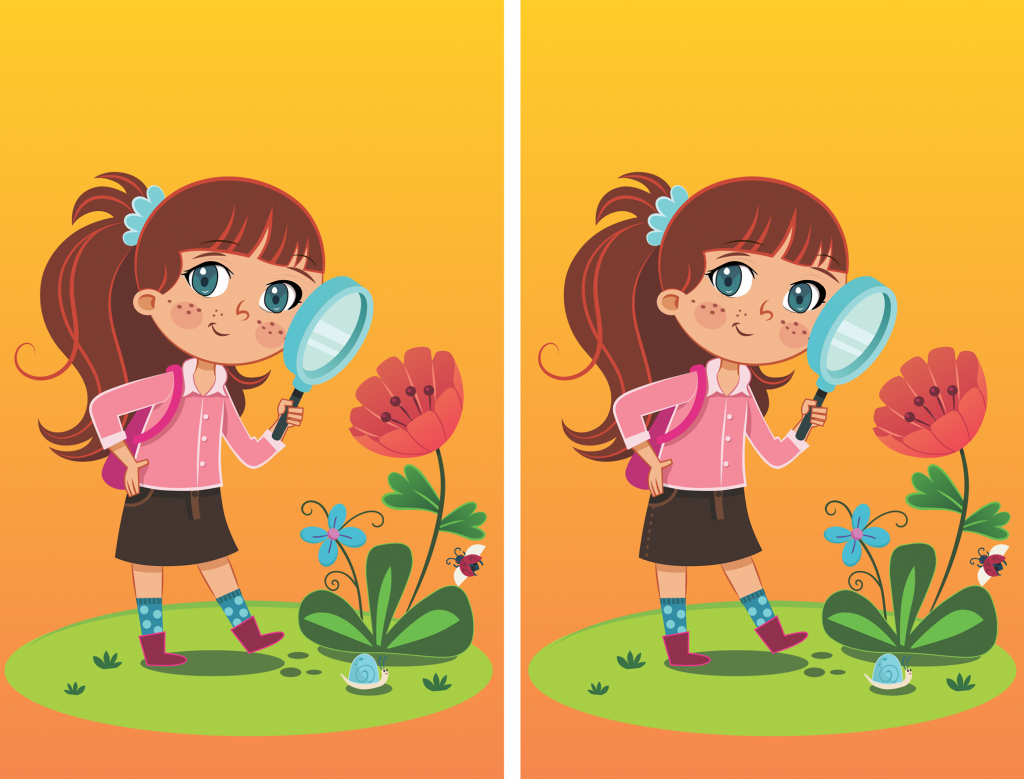
Why Curiosity Matters in Childhood Development
Curiosity plays a pivotal role in childhood development, especially when it comes to learning. It is the spark that drives children to explore new ideas, learn about their surroundings, and develop problem-solving skills. This natural inclination toward exploration helps children build the foundational skills they need for future academic and personal growth.
The Science Behind Curiosity
When children express curiosity, their brains are engaged in the process of discovery. Neuroscientists have shown that curiosity activates areas of the brain related to learning, memory, and motivation. By nurturing a child’s curiosity, educators and parents can enhance their cognitive abilities and set them on a path to success in school and beyond.
Curiosity and the Development of Cognitive Skills
The young girl in the image is not just holding a magnifying glass; she is also engaging her mind. By closely examining objects like flowers, insects, and plants, she is actively developing her observational and critical thinking skills. Curiosity enhances children’s cognitive abilities by encouraging them to think deeply, ask questions, and seek answers.
Building Critical Thinking and Problem-Solving Skills
As children explore their environment, they encounter new problems to solve, which sharpens their critical thinking abilities. Curiosity encourages children to approach challenges with a sense of wonder rather than fear, helping them develop a growth mindset. Whether they are figuring out how an insect moves or how plants grow, children with a curious mindset are constantly developing problem-solving skills that are valuable throughout their lives.
Exploration Leads to Knowledge
Curiosity sparks exploration, and exploration leads to knowledge. When children observe, ask questions, and investigate their surroundings, they begin to piece together a better understanding of the world. This process allows them to make connections between different pieces of information and encourages a deeper understanding of complex topics, such as biology, science, and the natural world.

How Curiosity Enhances Social and Emotional Skills
Curiosity not only supports cognitive development but also has significant benefits for social and emotional growth. The image of the girl with the magnifying glass highlights how exploration can lead to stronger interpersonal skills, emotional resilience, and empathy.
Fostering Social Interactions Through Group Learning
Curiosity is often enhanced when children share their discoveries with others. In a collaborative learning environment, children can work together to investigate different topics and share their findings. This type of social interaction helps children develop communication and teamwork skills, both of which are essential for success in group activities and future careers.
Encouraging Empathy and Emotional Growth
Curiosity about others’ perspectives fosters empathy. When children ask questions and listen attentively, they not only learn about the world but also understand the feelings, experiences, and viewpoints of others. This is an essential part of emotional development, as it teaches children how to relate to others, manage emotions, and build positive relationships.

The Role of Play in Nurturing Curiosity
In the image, the young girl is exploring nature, which shows how natural environments can spark curiosity. Play, particularly outdoor play, is an excellent way to encourage children’s curiosity. Whether they are playing with toys, exploring a park, or engaging in creative activities, children’s imaginations are expanded as they create and learn. Outdoor environments offer a multitude of sensory experiences that foster curiosity and learning.
Outdoor Exploration as a Learning Opportunity
Outdoor play provides children with an opportunity to explore nature and its many wonders. From examining insects and plants to observing weather patterns and wildlife, children learn valuable lessons in biology, physics, and the natural world. Through outdoor exploration, children not only develop their scientific knowledge but also engage in physical activity, which benefits their overall well-being.
Promoting Hands-On Learning Through Play
In addition to outdoor exploration, play can take many forms, from arts and crafts to building projects. Hands-on activities give children a tactile experience of learning, which reinforces their understanding of concepts. Whether they are mixing ingredients, constructing with blocks, or experimenting with art materials, children are actively involved in the learning process, using their curiosity to guide their discoveries.

How Parents and Educators Can Foster Curiosity
As parents and educators, fostering a child’s natural curiosity is one of the most impactful ways to support their learning and development. Encouraging children to ask questions, explore new topics, and engage with the world around them creates a learning environment where curiosity is not only supported but celebrated.
Encouraging Open-Ended Questions
Instead of simply providing answers, parents and educators can encourage children to ask open-ended questions. Questions like, “What do you think will happen next?” or “How do you think this works?” prompt children to think critically and explore their ideas further. This approach stimulates deeper thinking and encourages children to take ownership of their learning.
Providing Opportunities for Exploration
Children thrive when they have access to tools, materials, and experiences that allow them to explore their interests. Whether it’s through nature walks, museum visits, or science experiments, providing children with opportunities to explore new subjects helps nurture their curiosity. Encouraging them to investigate their environment and follow their interests leads to greater engagement and learning.

The Long-Term Benefits of a Curious Mindset
A curious mindset is a lifelong asset. Children who develop their curiosity in the early years are more likely to continue seeking knowledge and exploring new ideas as they grow older. This mindset fosters a love of learning that extends into adulthood, where curiosity leads to professional and personal growth.
A Lifelong Passion for Learning
Curiosity is not something that fades as children grow. In fact, those who develop strong curiosity skills in their youth are more likely to pursue continued learning throughout their lives. Whether it’s through formal education, self-guided study, or exploring new hobbies, curious individuals remain motivated to learn and expand their horizons.
Adapting to Change and Innovation
In a rapidly changing world, curiosity is a key driver of adaptability. As new technologies, ideas, and challenges emerge, curious individuals are better equipped to navigate these changes. By seeking out new knowledge and staying engaged with the world, they remain open to innovation and can respond effectively to evolving circumstances.
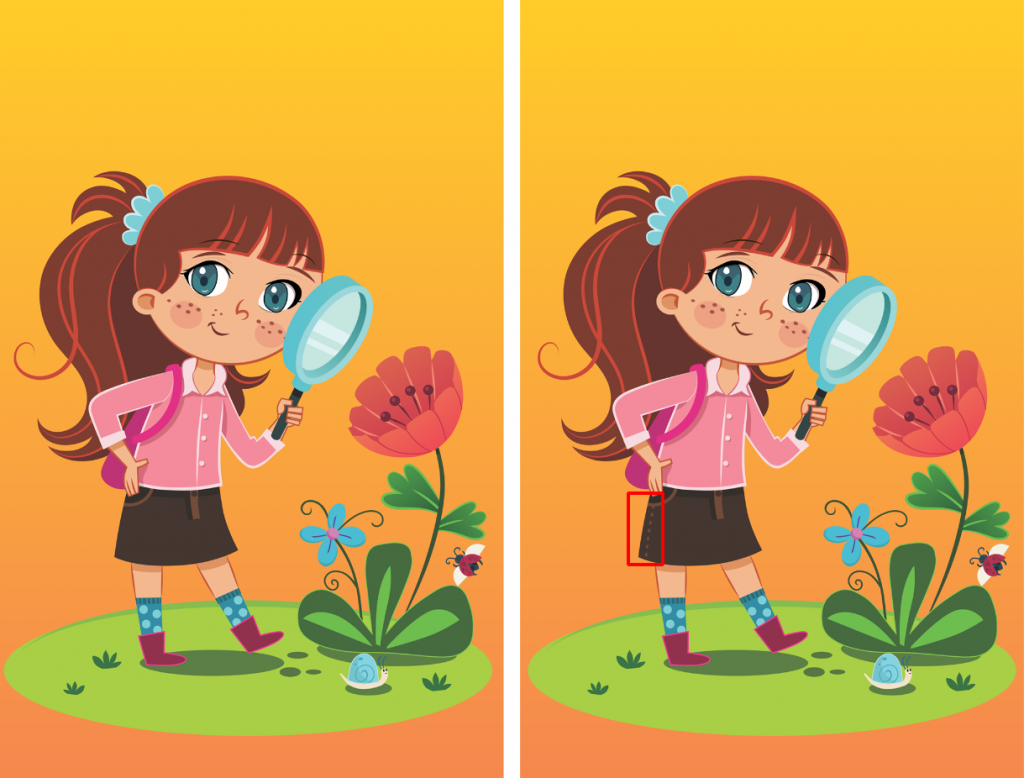
Conclusion: Cultivating Curiosity for a Brighter Future
Curiosity is the cornerstone of learning, and nurturing it from an early age sets the stage for a lifetime of growth and discovery. The image of the girl with the magnifying glass reminds us of the importance of fostering curiosity in children and how it leads to cognitive, social, and emotional development. By creating an environment where curiosity is encouraged and celebrated, parents and educators can help children develop a love for learning that will benefit them throughout their lives. So, the next time you see a child engaged in exploration, remember that you’re witnessing the development of skills that will shape their future success.
